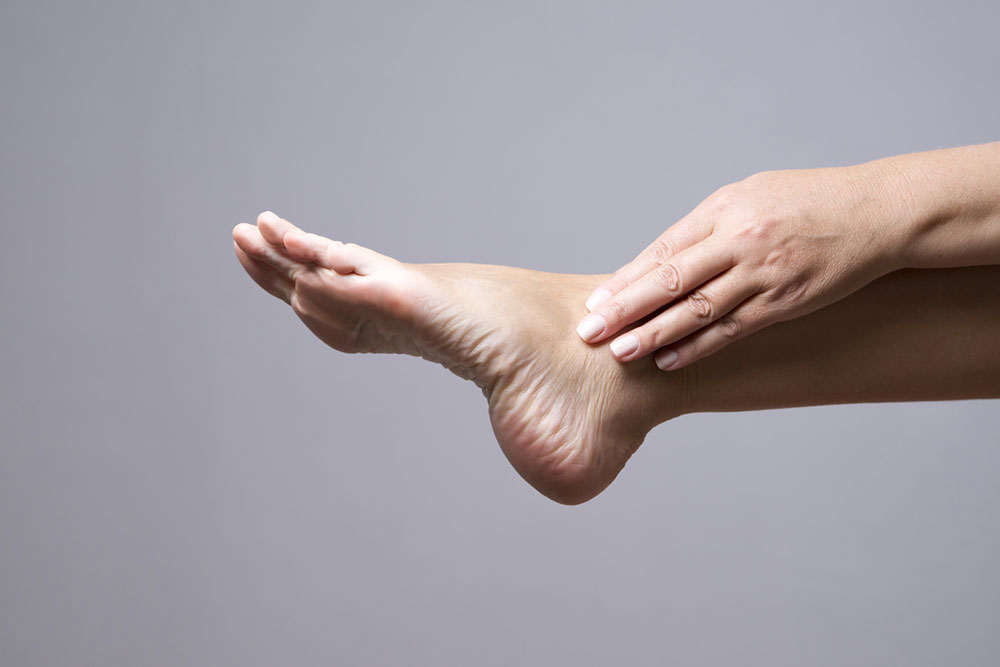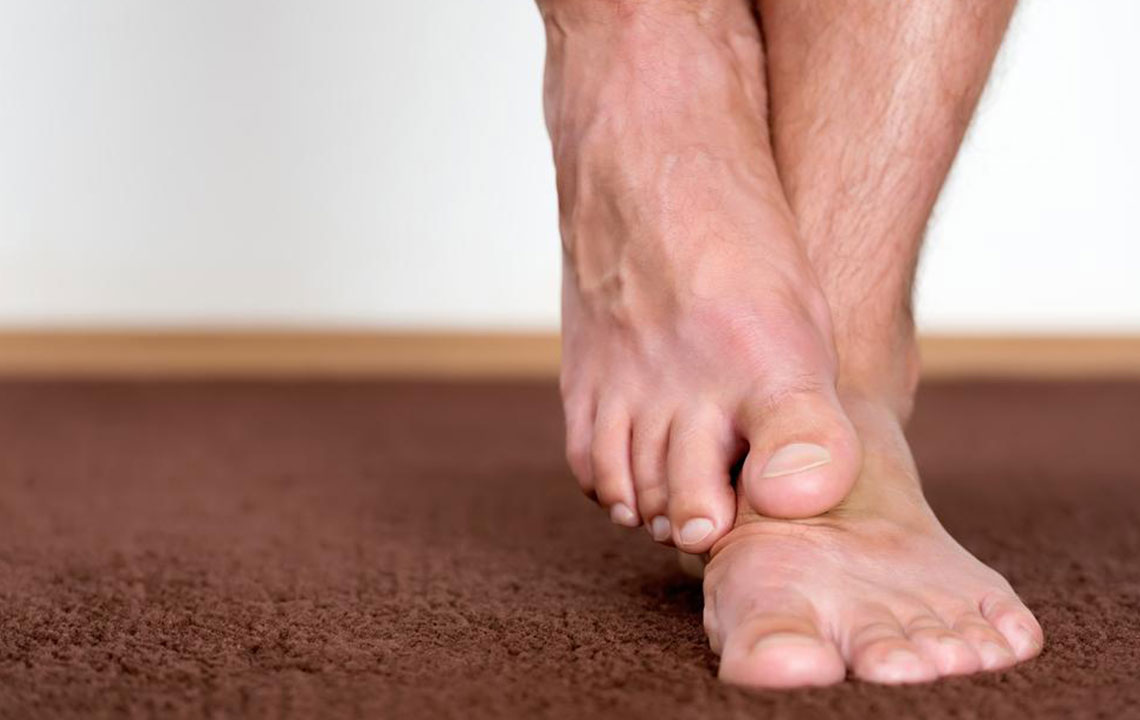Complete Guide to Foot Neuropathy: Causes, Symptoms, and Effective Treatment Strategies
This comprehensive guide explores foot neuropathy, detailing its symptoms, causes, and diverse treatment options. It emphasizes the importance of early diagnosis and personalized management strategies, including medications, therapies, and lifestyle changes. Learn how to recognize signs, understand underlying causes, and explore current advancements in treatment to improve patient outcomes and quality of life.

Understanding Foot Neuropathy: Symptoms, Causes, and Comprehensive Treatment Options
Foot neuropathy is a complex condition that stems from damage to the peripheral nerves, impacting the sensory, motor, and autonomic functions of the lower extremities. Recognizing the early signs and understanding the underlying causes are critical steps toward effective management and improved quality of life. This detailed guide covers the symptoms to watch for, the common causes behind foot neuropathy, and a broad spectrum of treatment options available today, including medical, therapeutic, and surgical approaches.
Recognizing the Symptoms of Foot Neuropathy is vital for timely diagnosis. The manifestation of foot neuropathy can vary widely, but certain hallmark signs frequently appear:
Numbness and Tingling Sensations: Often the initial symptoms, patients experience numbness, tingling, or a pins-and-needles feeling starting in the feet and sometimes spreading upward through the legs. This abnormal sensation is indicative of nerve impairment.
Pain and Discomfort: Patients may report odd sensations such as burning, stabbing, or freezing pain. This discomfort often worsens at night and can significantly interfere with sleep and daily activities.
Heightened Sensitivity: A decreased threshold to light touch or even normal stimuli can lead to discomfort or pain, complicating normal activities like walking or wearing socks.
Balance and Coordination Issues: Damage to motor or sensory nerves can impair proprioception, leading to balance problems and an increased risk of falls, especially among older adults.
Muscle Weakness and Loss of Function: Progressive nerve damage may result in muscle weakness, causing difficulty in walking or standing, and leading to gait abnormalities.
Autonomic Symptoms: These include a range of issues such as temperature intolerance, digestive disturbances like nausea or bloating, and dizziness, often reflecting autonomic nerve involvement.
Neuropathy can affect individual nerves (mononeuropathy) or multiple nerves simultaneously (polyneuropathy). The distribution and severity of symptoms depend on distinct underlying causes and affected nerve types.
Common Causes of Foot Neuropathy are diverse, often stemming from systemic conditions, environmental exposures, or genetic factors:
Alcohol Abuse: Chronic excessive alcohol consumption can lead to nutritional deficiencies, especially of B vitamins, which are essential for nerve health.
Autoimmune Disorders: Conditions such as rheumatoid arthritis, lupus, and Sjögren's syndrome can trigger nerve inflammation and damage.
Diabetes Mellitus: Diabetic peripheral neuropathy is one of the most prevalent causes, resulting from prolonged high blood sugar damaging nerve fibers.
Environmental Toxins and Chemicals: Exposure to heavy metals, solvents, or certain pesticides can impair nerve functions.
Medication Side Effects: Chemotherapy drugs and some antibiotics are known to cause nerve toxicity.
Infections: Shingles (herpes zoster), HIV, and other infections can lead to nerve inflammation and damage.
Genetic Conditions: Diseases like Charcot-Marie-Tooth involve inherited nerve dysfunctions.
Physical Traumas: Injuries from accidents, repetitive strain, or pressure from footwear or structural abnormalities can compress nerves.
Tumors and Mass Effects: Growths exerting pressure on nerves or spinal roots can cause localized or radiating symptoms.
Vitamin Deficiencies: Deficiencies in B vitamins (B12, B6) and vitamin E impair nerve maintenance and repair.
Bone Marrow and Hematological Conditions: Gammopathies and multiple myeloma can involve nerve and nerve sheath damage.
Underlying Systemic Diseases: Kidney and liver diseases and hypothyroidism can contribute to neuropathic processes.
Understanding these causes facilitates targeted interventions and helps in early diagnosis, which is crucial for preventing irreversible nerve damage.
Effective Treatment Strategies for Foot Neuropathy
Managing foot neuropathy involves a multi-faceted approach. The primary goal is to address the root cause whenever possible while alleviating symptoms to improve patient's comfort and functionality. Treatment plans are tailored based on the underlying disease, severity of nerve damage, and patient health status.
Medical Interventions form the backbone of neuropathy treatment. These include:
Pain Management: Non-steroidal anti-inflammatory drugs (NSAIDs) and opioids may be prescribed for severe pain episodes. However, due to dependence and side effects, their use is typically limited and carefully monitored.
Anti-Seizure Medications: Drugs like gabapentin, pregabalin, and carbamazepine are particularly effective at reducing nerve pain and abnormal sensations.
Topical Agents: Capsaicin creams, lidocaine patches, and other medicated topicals can provide targeted relief, especially useful when systemic medications are contraindicated or cause adverse effects.
Antidepressants: Tricyclic antidepressants such as amitriptyline and nortriptyline help modulate nerve pain signals and are often employed in chronic neuropathy cases.
Therapies and Advanced Treatments include various non-pharmacological options:
Transcutaneous Electrical Nerve Stimulation (TENS): This technique uses electrical impulses to help reduce pain by modulating nerve activity and blocking pain signals.
Immune Modulation: For inflammatory neuropathies, therapies such as plasma exchange or intravenous immunoglobulin (IVIG) can reduce nerve inflammation.
Physical Therapy: Customized exercises improve muscle strength, enhance balance, and help maintain mobility, which is vital for preventing falls and injuries.
Surgical Interventions: When nerve compression is caused by tumors, herniated discs, or structural abnormalities, surgical decompression or removal might be necessary to relieve pressure and prevent further nerve damage.
In addition to these treatments, lifestyle modifications—such as controlling blood sugar levels, avoiding toxins, and maintaining proper footwear—can significantly impact disease progression and symptom severity.
Furthermore, ongoing research into nerve regeneration, stem cell therapy, and novel pharmacological agents offers hope for more effective treatments in the future, aiming not only to alleviate symptoms but also to promote nerve repair and restoration of function.
In summary, foot neuropathy is a multifaceted condition that requires a comprehensive diagnosis and personalized treatment plan. Early intervention can prevent severe complications, improve patient comfort, and restore functional independence. With advancements in medical science, a combination of medications, therapies, and lifestyle changes can effectively manage this complex condition and enhance quality of life.





